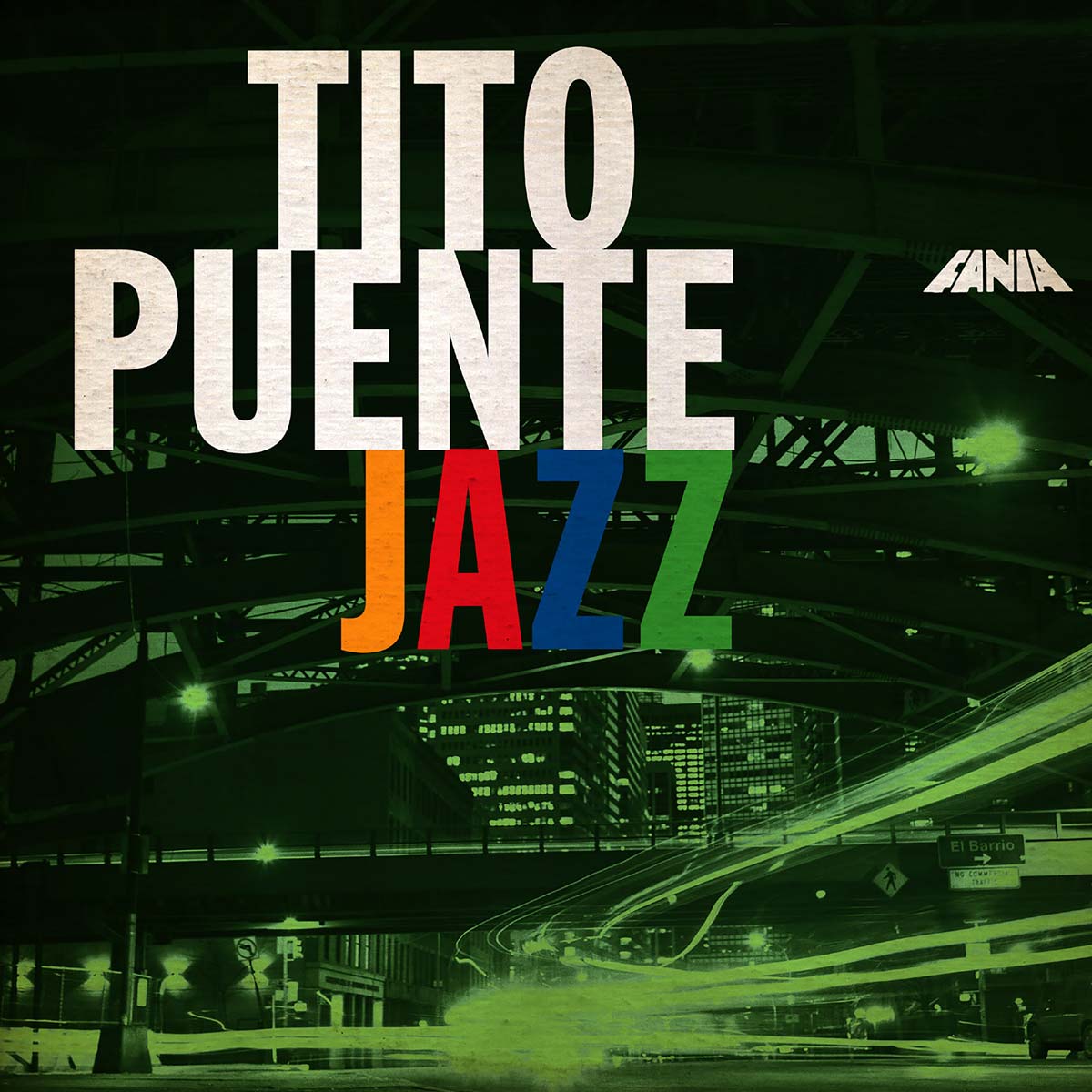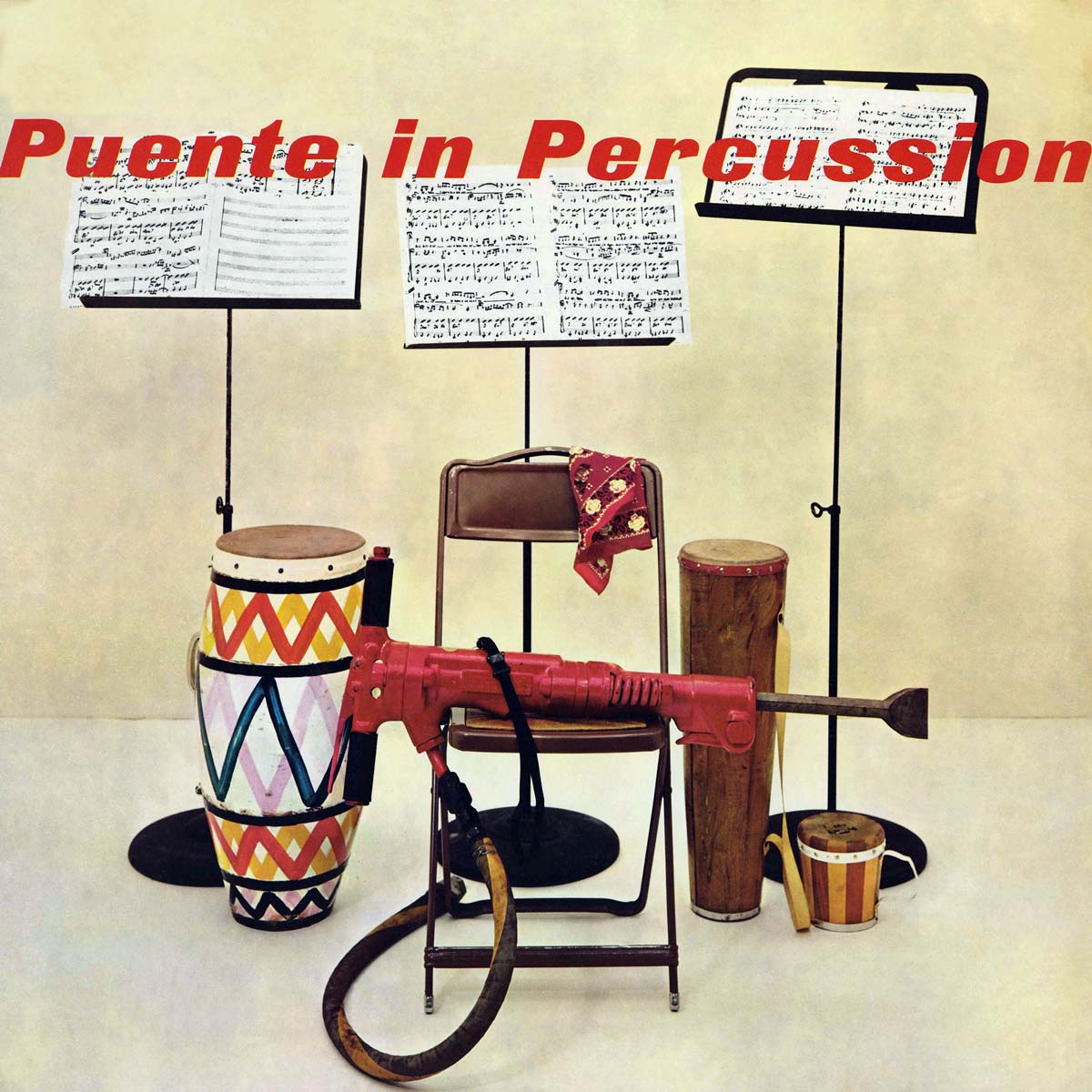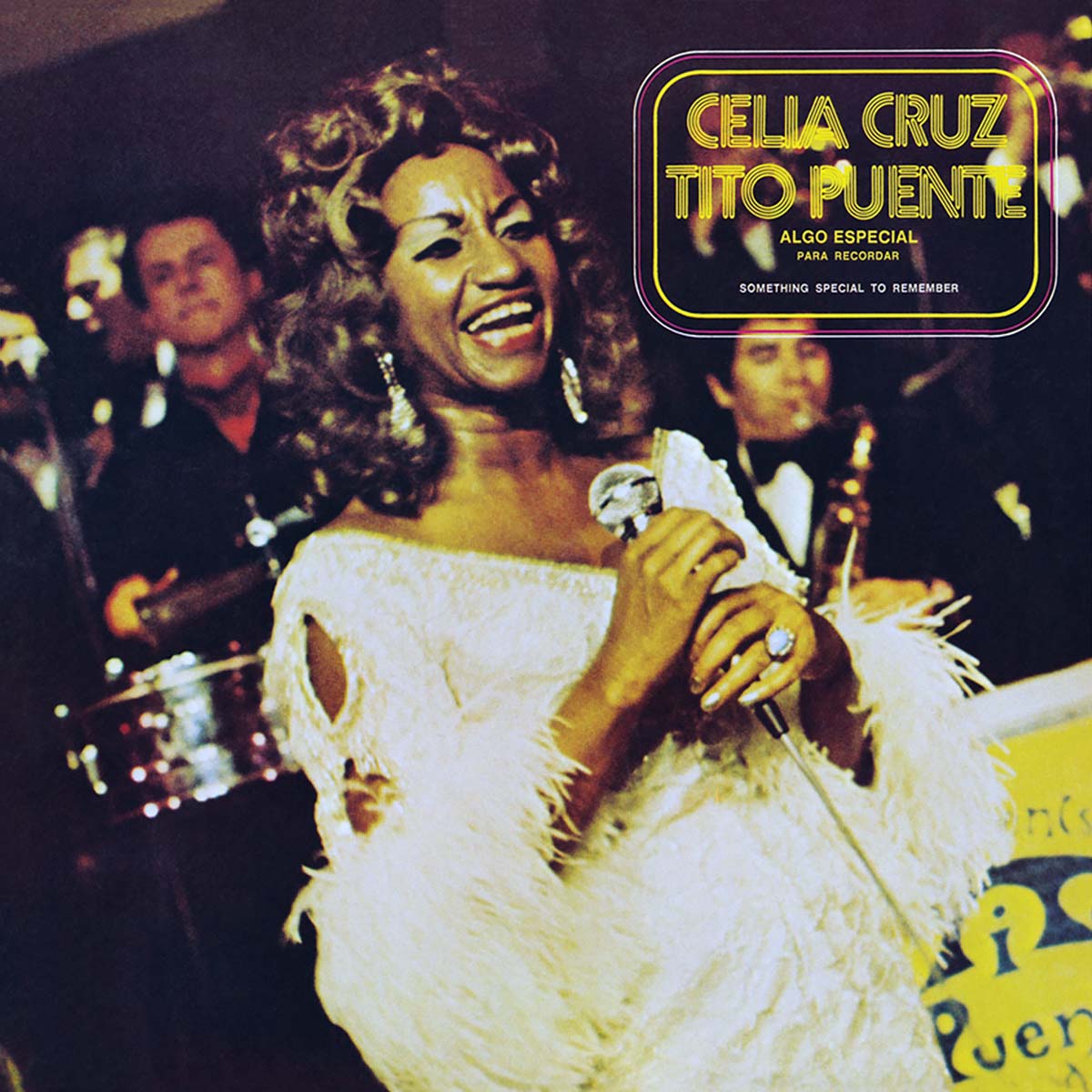
Although Tito Puente (1923-2000) recorded more than 100 albums in his long career, “Homenaje A Beny” stands out as the recording that gave him the first of his five Grammy’s. From the late 1940’s to the 1960’s, Puente fueled the great mambo era and helped to popularize the cha-cha. By 1978, Puente had already been proclaimed the King of Latin music. He could have retired at that time, but nothing ever stopped Tito!
When Puente recorded “Homenaje A Beny” in 1978, he was paying homage to one of the top Afro-Cuban bandleaders and soneros (singers) of all time. Beny Moré (1919-1963) went with Conjunto Matamoros to Mexico in 1945, where Moré later recorded with Perez Prado. In 1950, Moré returned to Cuba to form his own band. By 1954, Moré was immensely popular in Latin America. Moré decided to stay in Cuba after the revolution. Unfortunately, Moré died at the young age of 43 and never had the opportunity to record in the United States. However, Moré had an undeniable influence on the singers who came to be the part of the golden age of salsa in New York. Moré was gifted with a unique tenor voice, and the ability to master, with great phraseology and expressivity, all the genres of Cuban music.
The songs selected for “Homenaje A Beny” are some of Moré’s most memorable interpretations. Some of the lyrics in the songs are autobiographical in nature. For instance, “Santa Isabel De Las Lajas”, is the name of the small town in Cuba were Moré was from. With “Dolor y Perdón”, Santos Colón honors, in his vocal interpretation, the tenderness and direct emotional appeal of Moré when he sang boleros. Ismael Quintana exhibits the vocal sabor and dominion of improvisation that he inherited from Moré in “Francisco Guayabal”. A high point of this album is the beautiful unison and dialog between Cheo Feliciano and Celia Cruz in “Encantado De La Vida”. In their many soneos (improvisations), all of the singers in “Homenaje A Beny” make explicit references to Moré. This is especially so in the opening number “Que Bueno Baila Usted”, where each singer takes a turn at trading improvised phrases. This sort of exchange was a common and exhilarating practice by soneros in many of the memorable Fania concerts. It was only fitting that, after the immediate success of “Homenaje A Beny”, there was a corresponding concert in Radio City Music Hall.
Since “Homenaje A Beny” was a tribute to a sonero, the album showcased soneros. Such a showcase, however, did not keep Puente from executing short and tasty timbales solos throughout the album. To record, in 1978, with a 16-piece orchestra was very unusual. Most salsa bands saw practical and musical advantages in limiting their horn section to four. Yet Puente shared with Moré a preference for a big band sound. For “Homenaje A Beny”, Puente organized a line-up of four trumpets, three trombones, four saxophones and a full rhythm section with many of the musicians who had been with him since the 1950’s.
“Homenaje A Beny” is an album that has a very special place in the history of Latin music. By producing a full, big band line-up (characteristic of the 1950’s) to back some of the best soneros of the 1970’s to honor a Cuban sonero, Puente made an implicit statement. He confirmed that, in spite of the important differences one might want to make between son, mambo and salsa, they are all part of a rich musical tradition with a historical continuity that continues to evolve across nationalities and places. Because of the success of “Homenaje A Beny”, Puente went on to record three more homages to Moré (1979 Homenaje a Beny Moré, Volume 2 and 1985 Homenaje a Beny Moré -Celia Cruz and Puente) but for many people, “Homenaje A Beny” was the best—and rightfully deserving of its Grammy.
Credits:
Bobby Porcelli – Alto Sax
Mitch Frohman – Alto Sax
Ed Palermo – Tenor Sax
Steve Sachs – Baritone Sax
Jimmy Frisaura – Trombones
Leopoldo Pineda – Trombones
Sam Burtis – Trombones
Manuel Silva – Trumpets
Paulo di Paula– Trumpets
Héctor Bomberito Zarzuela – Trumpets
Luís Perico Ortiz – Trumpets
Sonny Bravo – Piano
Joe Santiago – Bass
Nicky Marrero – Timbales
Johnny Dandy Rodríguez, Jose Madera – Conga, Bongos, Timbales, Percussion
Tito Puente – Vibes en “Encantado De La Vida,” Timbales (overdubs & solos)
Lead Vocals – Celia Cruz, Cheo Feliciano, Santos Colon, Ismael Quintana, Adalberto Santiago, Hector Casanova, Junior Gonzalez, Nestor Sanchez, Luigi Texidor
Chorus – Tito Allen, Ruben Blades, Adalberto Santiago, Tito Puente
Producer – Louie Ramirez
Executive Producer and Musical Director – Jerry Masucci
Recording and Musical Director – Tito Puente
Recorded – La Tierra Sound Studios
Original Album Concept – Louis Ramirez
Original Album Design – Ron Levine
Original Art Director – Alberta Dering
Written By Gregory Pappas








